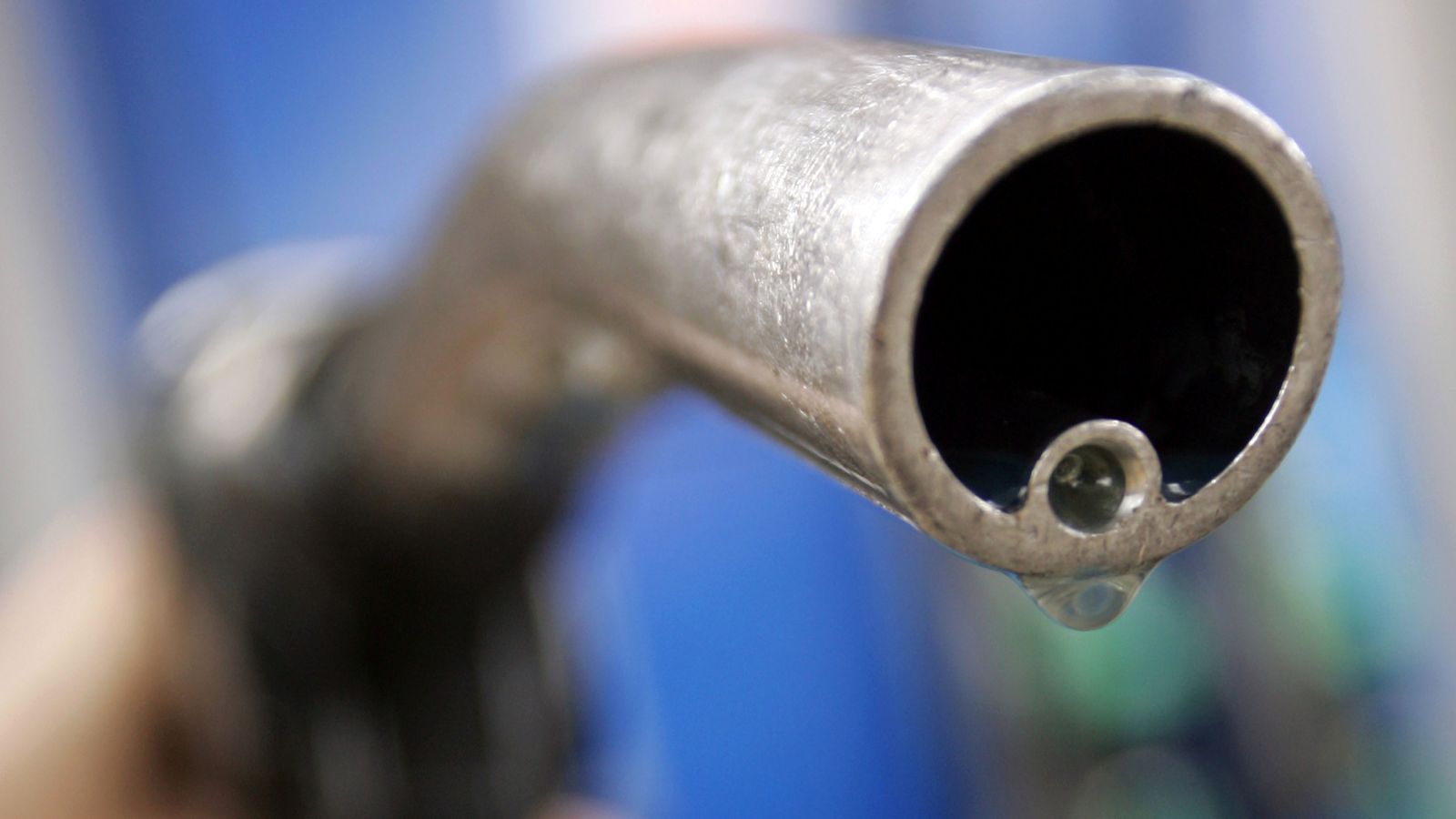Anyone filling their car or van will not have failed recently to have noted the rising price of petrol and diesel.
The cost at the pumps this weekend hit its highest level since 2013 reflecting, in turn, a surge in the price of crude oil.
A barrel of Brent Crude, having sunk to a low of $15.98 on 22 April last year – when the price of some crude contracts went negative – rallied to as high as $77.84 earlier this month, a level last seen in October 2018.
But relief for motorists and other heavy consumers of fuel is now on the horizon, from the unlikely source of Opec, the cartel of oil-producing nations.
Opec is generally regarded by oil consumers as a body that prefers to push up prices, an image that dates back to the early 1970s, when the cartel and its leading figures such as Sheikh Ahmed Zaki Yamani, the Saudi oil minister, became household names as crude prices quadrupled.
Yet a meeting of the Opec+ grouping – the 13 Opec members and a wider group of oil exporters including Russia, Mexico, Brunei and Malaysia – agreed on Sunday to increase production by 400,000 barrels a day each month until the end of 2022.
The decision is the beginning of a process which, they anticipate, will over the next two years unwind all of the emergency production cuts – equating to around 10 million barrels per day – put in place at the height of the pandemic when crude demand collapsed.
It means that, by the end of the year, Opec+ will be producing an extra 2 million barrels per day.
By the end of 2022, meanwhile, crude production among Opec+ members should be back to pre-pandemic levels and maybe even by September next year.
The deal has taken a while to reach. Two of Opec’s leading members, Saudi Arabia and the United Arab Emirates, disagreed about the extent to which the latter might be allowed to increased production.
Both had supported raising output but the UAE was unhappy about extending the pact until December next year, as the Saudis had proposed, without an agreement to raise its ‘baseline’ production – a measure of the maximum it can pump each day – from the current 3.168 million barrels per day to 3.8 million barrels per day. It argued the change should be made to reflect its improved production capacity.
Under a compromise deal, reached last week, production quotas have been raised across the board. The UAE will be allowed to raise production to 3.5 million barrels per day from May next year. The Saudis, Russia, Kuwait and Iraq will also be allowed to raise production then as well.
The news will not just come as a relief to consumers.
Fatih Birol, the influential executive director of the International Energy Agency, warned last month of further upward pressure on prices if Opec+ failed to agree to produce more crude.
Turkish-born Dr Birol, himself a former Opec employee, said: “Over the next six months, I see very clearly that there is a strong recovery of oil demand in the US, China, Europe and elsewhere and, if Opec+ stick to their current policies, we may see a wider gap between supply and demand.
The big question is whether the extra production Opec+ now plans to release onto the market will be sufficient to mop up the extra demand created around the world as economies begin to emerge from lockdown.
That is certainly open to question should economic growth continue to grow at the current rate in countries like the United States and China.
Another concern is the extent to which the oil majors, such as Exxon Mobil, Chevron, Royal Dutch Shell and BP, have been cutting back investment on exploration and production during the last year or so. This has partly been to save money but also partly, in the case of the latter two, because they are seeking to transition away from fossil fuels to other forms of energy.
Those cutbacks in investment and capital expenditure could play out in the oil and gas markets as existing reserves are depleted – but are arguably more of an issue for the medium to longer term and certainly not ought to be a factor before the end of next year.
Another question is what will happen if the US reaches a deal with Iran, an Opec member, over the latter’s nuclear capabilities because, if a deal is struck, more Iranian crude supplies could hit the market. Opec+ has said that, under such circumstances, it would adjust its policy.
A third question is how the US shale producers respond. They are, along with the Saudis, just about the only producers able to ramp up production in response to higher demand relatively quickly. Yet most have not done so, even as crude prices have surged, choosing to concentrate instead on paying down their debts and, in the case of Shell, even selling shale assets. Shale producers are investing less and returning more to shareholders.
The final question is whether this agreement will draw the sting out of crude prices. These have, during the last two weeks, come off the boil as the market began to price in an agreement. There is certainly less talk about crude returning to $100 per barrel than there was at the beginning of the month.
But a general recovery in demand around the world may still surprise on the upside.
After all, as BP’s chief economist Spencer Dale noted last week, the key feature of last year’s fall in energy demand was that it was “surprisingly big”.






















